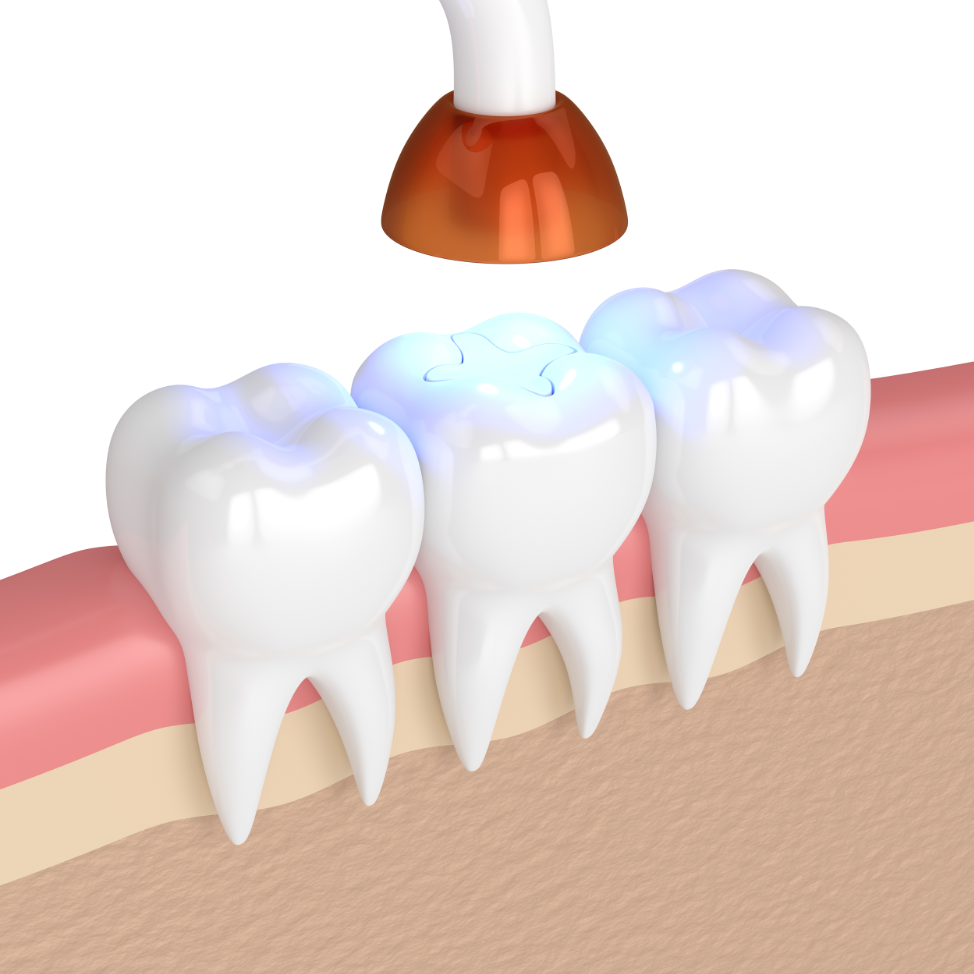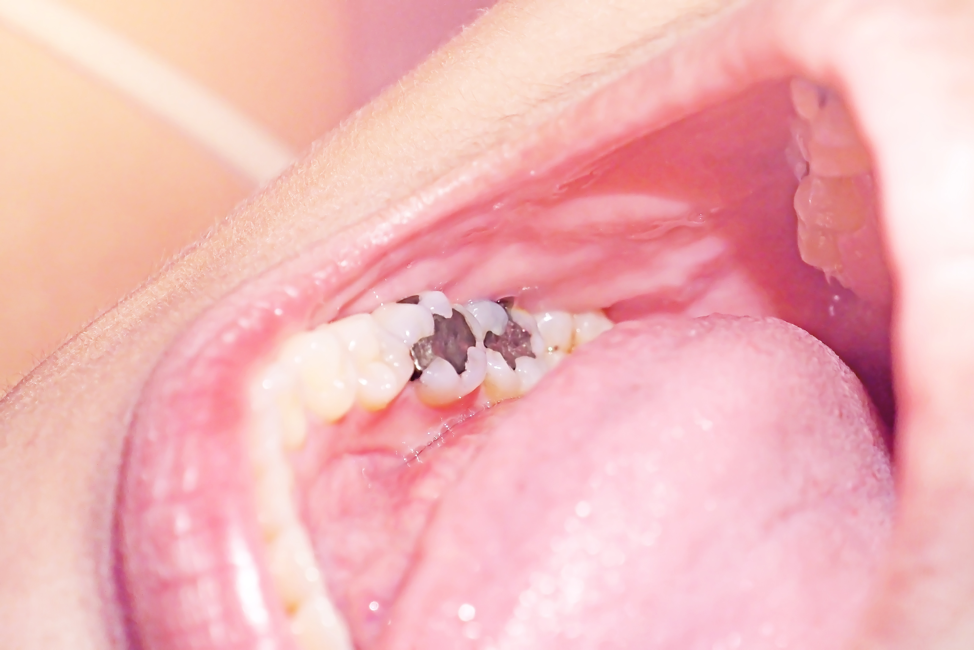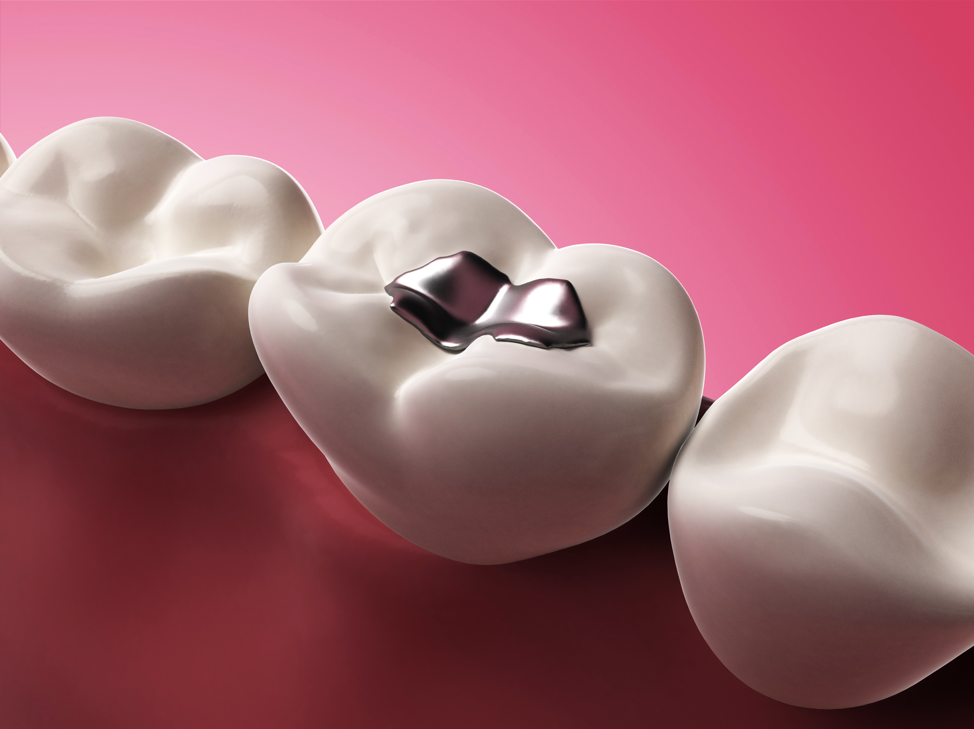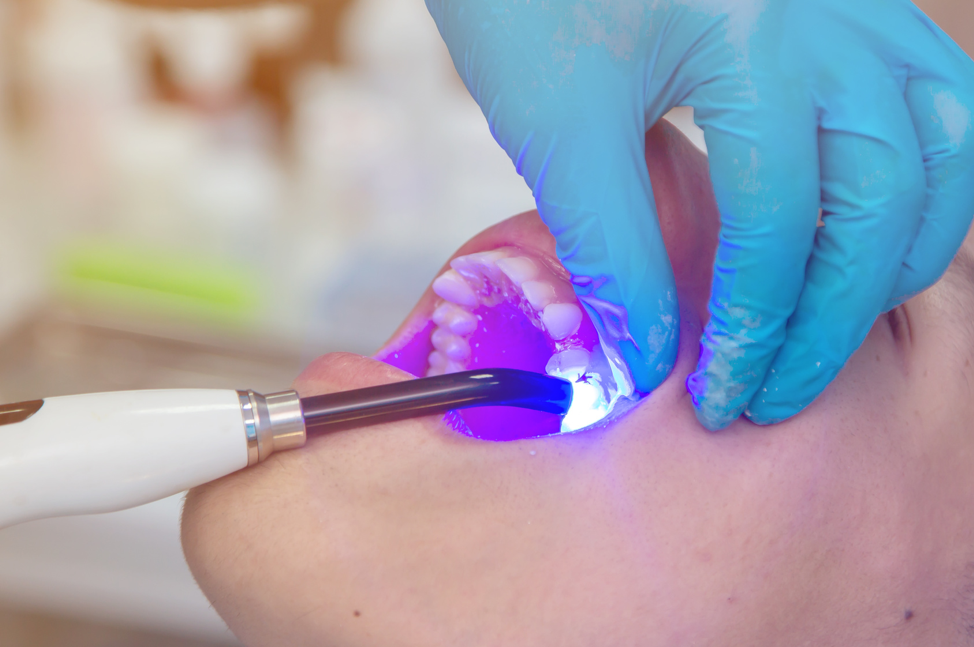08 Jan Insights from Rogers Park/ Lincoln Square Area Dentists: Things You Need to Know About Cavities
Posted at 08:02h
in Cavity Fillings
Cavities are a very common dental condition. They can pop up out of nowhere, even if you have an excellent oral hygiene routine. Why is that? Well, there are several factors that come into play, and in this article, we’re going to cover everything you need to know about this condition.






